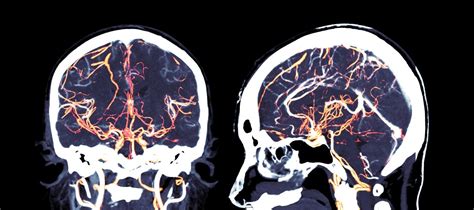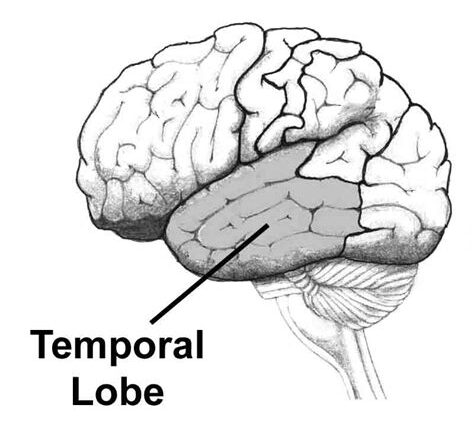Imagine a world where our brains could reveal secrets about our health and cognitive future. Well, researchers have been delving deep into the intricate web of brain connections to unlock just that! Let’s take a fascinating journey into the realm of cerebrovascular disease (CeVD) and Alzheimer’s Disease (AD), two conditions that have long perplexed scientists in the field of aging and dementia research.
Picture this – CeVD encompasses a range of conditions affecting blood vessels in the brain. From strokes to cerebral atherosclerosis and small vessel disease, these culprits disrupt vital oxygen and nutrient delivery, crucial for proper brain function. Now, let’s dive into a groundbreaking study featured in Alzheimer’s & Dementia: The Journal of the Alzheimer’s Association.
In this captivating study, researchers scrutinized 529 older adults across various cognitive stages, from healthy cognition to full-blown AD diagnosis. They didn’t stop at merely observing; they sought out to decode how different markers of CeVD interplay with brain activity patterns. Lo and behold! A global functional connectome phenotype emerged – an exclusive blueprint illustrating how CeVD markers impact the brain’s communication network significantly.
“We discovered that a CeVD-related brain network phenotype, along with a key Alzheimer’s disease blood biomarker, can provide powerful insights into the future trajectory of cognitive decline and neurodegeneration.”
The study uncovered intriguing results regarding p-tau181, an AD biomarker. While both p-tau181 and CeVD-linked connectome influenced cognitive decline independently over time, there wasn’t evidence suggesting them teaming up for havoc within the brain. This implies these factors may chart distinct paths towards neurodegeneration.
Lead researcher A/Prof Zhou shared enlightening insights stating how integrating neuroimaging with blood biomarkers offers profound understanding into these intertwined diseases’ inner workings. Dr. Joanna Su Xian Chong added another layer by emphasizing how diverse cerebrovascular markers collaboratively shape brain function while impacting long-term outcomes alongside AD markers.
“This pattern shows how the burden of multiple cerebrovascular disease markers can collectively exert widespread influences on brain function.”
As we journey with this dedicated team from NUS Medicine’s Centre for Sleep and Cognition, further exploration awaits! Their sights are now set on unraveling how varying CeVD marker severities influence this unique brain communication pattern throughout disease progression. Moreover, their quest includes unveiling how this intricate web interacts with different AD indicators to steer cognitive decline across multiple domains.
The ultimate goal? To craft advanced imaging tools foreseeing early dementia symptoms accurately – more precise than traditional methods – aiding in timely interventions for those at risk. The mission is clear – dissecting CeVD-AD complexities down to their neural core might just be humanity’s next giant leap towards conquering age-old maladies lurking within our minds!











Leave feedback about this